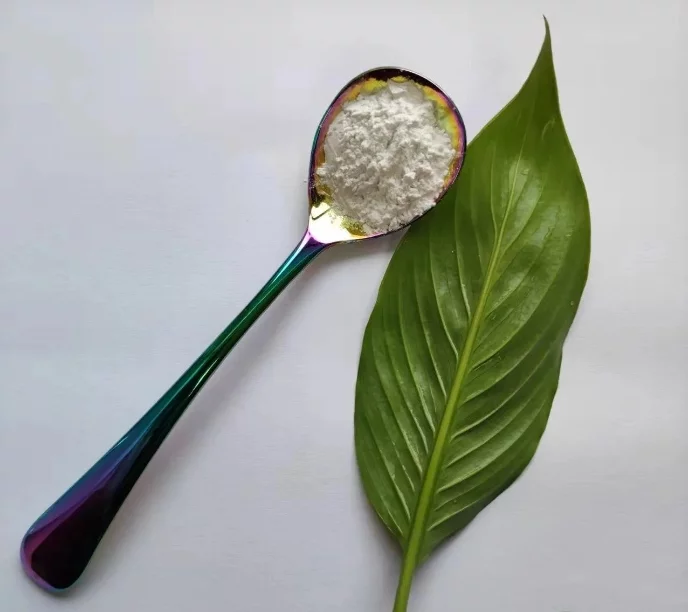 YuYi
YuYi
 Oct 21,2023
Oct 21,2023

With the extensive application of nanomaterials, nanomaterials are inevitably released into the environment. Nanocerium dioxide (CY-CE01) has become one of the most widely used nanomaterials due to its unique properties and is widely used in various fields. However, research on the plant effects of nano cerium dioxide (CY-CE01) is still relatively limited. Most literature focuses on exploring the effects of nanocerium dioxide (CY-CE01) on plant growth and development under short-term hydroponic conditions, and the dosage used is much higher than environmentally relevant levels.
This paper selects corn, a widely planted crop, as a model, and combines toxicology methods and synchrotron radiation technology to study environmentally relevant concentrations of nanocerium dioxide (25, 75) under two conditions of short-term (28 days) and long-term (90 days) exposure. and 225 mg/kg) on the growth and development of corn plants and grain quality, and used cerium ions as a control to further explore the plant effect mechanism of nano-cerium dioxide (CY-CE01). The main research results of this paper are as follows:

1. The impact of nano-cerium dioxide (CY-CE01) on corn plants is different at different growth stages. Under short-term exposure, it will significantly reduce plant biomass and other growth indicators, affect the absorption of mineral elements, and have negative effects on plants under long-term exposure. It has a certain promoting effect on plant height and biomass and will affect the homeostasis of the plant's antioxidant system.
2. Chemical speciation analysis shows that there is mutual transformation between Ce(Ⅳ) and Ce(Ⅲ) in the soil-plant system, and the transformation rate will increase as the exposure time increases. After 90 days of exposure, 8.4% Ce(IV) formed Ce(III). In addition, Ce3+ added to the soil was also transformed under long-term exposure conditions, and 12.5% of Ce (III) was converted into Ce (IV), indicating that Ce3+ plays an important role in the plant effects of nanocerium dioxide.
3. Long-term exposure to nano-cerium dioxide (CY-CE01) may affect the heading and silking of corn plants, resulting in reduced yield and incomplete development of grains, and also affects the nutritional quality and taste of the grains.
